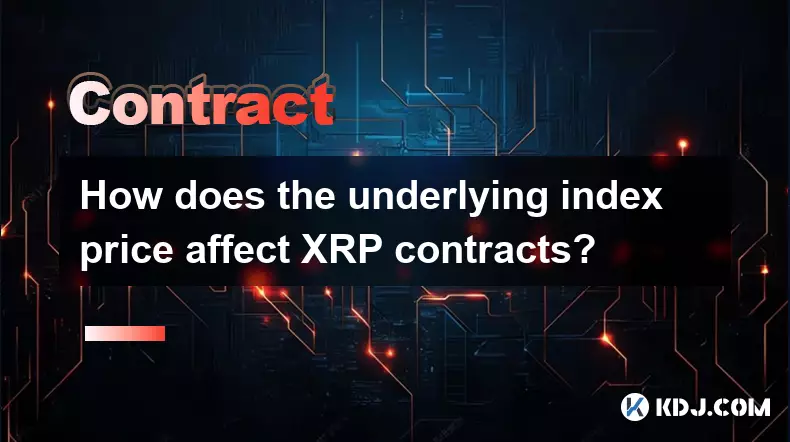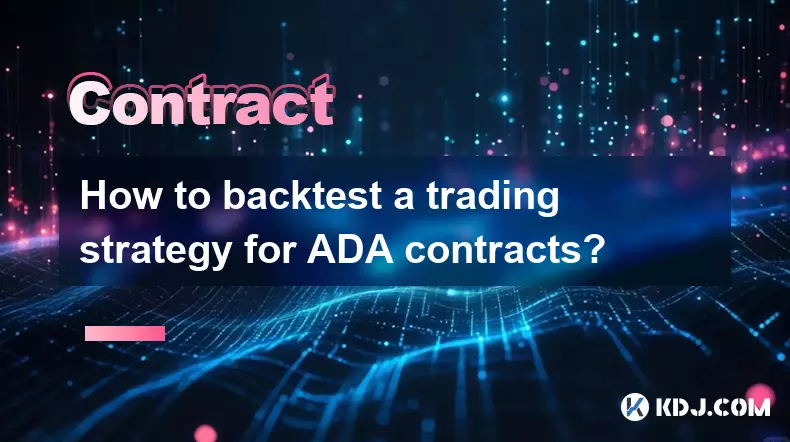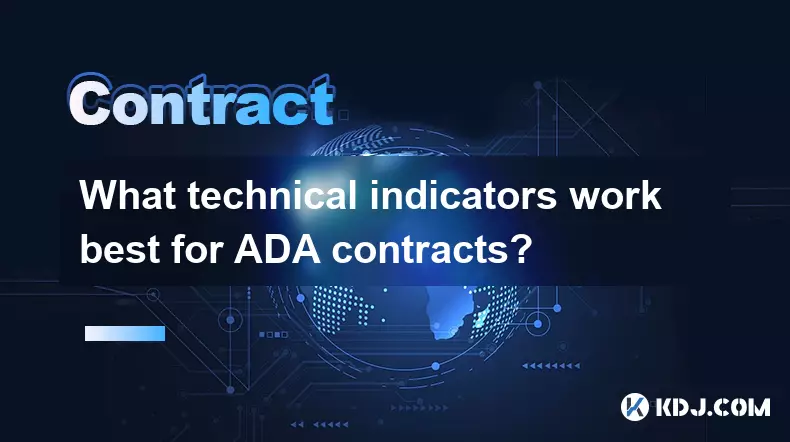-
 bitcoin
bitcoin $108221.513755 USD
-0.10% -
 ethereum
ethereum $3817.049350 USD
-1.16% -
 tether
tether $1.000184 USD
-0.03% -
 bnb
bnb $1081.373706 USD
1.55% -
 xrp
xrp $2.367284 USD
-2.30% -
 solana
solana $180.847708 USD
-3.07% -
 usd-coin
usd-coin $0.999936 USD
0.00% -
 tron
tron $0.322230 USD
-0.06% -
 dogecoin
dogecoin $0.190590 USD
-1.92% -
 cardano
cardano $0.626657 USD
-2.42% -
 hyperliquid
hyperliquid $37.280123 USD
6.15% -
 chainlink
chainlink $17.222315 USD
-2.46% -
 ethena-usde
ethena-usde $0.999312 USD
-0.03% -
 stellar
stellar $0.309699 USD
-0.98% -
 bitcoin-cash
bitcoin-cash $475.445788 USD
-1.02%
How does the underlying index price affect XRP contracts?
The XRP underlying index price ensures fair, stable derivative pricing by aggregating global exchange data, preventing manipulation and reducing liquidation risks.
Oct 23, 2025 at 09:05 am

Understanding the Role of Underlying Index Price in XRP Contracts
1. The underlying index price serves as a benchmark for determining the fair value of XRP futures and perpetual contracts. It aggregates data from multiple exchanges to reflect a global average price, reducing manipulation risks. This composite value prevents any single exchange's volatility from disproportionately influencing contract pricing.
2. When trading XRP derivatives, the index price is used to calculate mark prices, which determine unrealized profit and loss for open positions. Exchanges rely on this mechanism to avoid unnecessary liquidations during brief spikes or dips on individual platforms. By anchoring valuation to a broader market signal, traders benefit from more stable margin assessments.
3. Funding rates in perpetual swap contracts are directly tied to deviations between the contract’s market price and the underlying index. If the contract trades significantly above the index, long position holders pay higher funding to shorts, creating downward pressure. Conversely, if the contract trades below, shorts pay longs, encouraging price convergence.
4. Liquidation engines use the index price rather than last traded price to trigger position closures. This ensures that liquidations occur only when the broader market supports such a move, not due to isolated flash crashes or pump-and-dump schemes on low-volume exchanges. As a result, traders face fewer abrupt exits caused by momentary anomalies.
5. Arbitrage opportunities emerge when discrepancies arise between the index and specific exchange prices. Sophisticated trading bots monitor these variances in real time, executing cross-exchange strategies that naturally push prices back into alignment. This dynamic strengthens market efficiency and reinforces the reliability of the index as a reference point.
Impact on Margin and Leverage Calculations
1. Margin requirements for XRP contracts are recalibrated using the underlying index price, ensuring consistency across different trading venues. Traders cannot exploit temporary price differences to gain unfair leverage advantages, as the system adjusts collateral needs based on a neutral standard.
2. High-leverage positions are particularly sensitive to index-based margining. A sudden shift in the index—due to coordinated movements across major exchanges—can rapidly erode equity in leveraged accounts, even without direct trades affecting the user’s position. This reflects systemic risk embedded in interconnected markets.
3. Isolated margin systems still reference the index for health ratio computations. Even if a trader allocates fixed capital to a single position, the platform evaluates solvency against the index, not the entry or last price. This protects both users and exchanges from cascading failures during extreme volatility.
4. Cross-margin models integrate the index into portfolio-wide risk assessment. Gains in one asset do not automatically offset losses in XRP unless the index confirms an actual recovery. This prevents artificial stability illusions during fragmented market conditions.
5. During periods of low liquidity, the index may lag behind rapid price moves on primary exchanges. This delay can temporarily compress effective leverage, triggering premature margin calls until data feeds synchronize. Platforms mitigate this by weighting sources based on volume and reliability.
Price Discrepancies and Market Efficiency
1. Temporary divergences between the XRP index and spot prices on certain exchanges create statistical edges for algorithmic traders. These gaps often stem from API latency, withdrawal restrictions, or regional demand imbalances. The existence of such inefficiencies highlights the challenge of achieving perfect price harmony.
2. Stablecoin-denominated XRP pairs sometimes exhibit stronger correlation with the index than fiat-based counterparts. Since most derivative contracts settle in USDT or USD, the pricing infrastructure prioritizes stablecoin markets when calculating weights, giving them outsized influence.
3. Exchange-specific outages or regulatory interventions can cause prolonged misalignment between local XRP prices and the global index. In such cases, derivatives platforms may freeze index components or apply fallback mechanisms to maintain operational continuity.
4. The frequency and magnitude of deviations offer insights into market structure integrity. Narrow spreads indicate robust arbitrage networks and healthy competition among exchanges. Wider, persistent gaps suggest information asymmetry or capital flow bottlenecks.
5. Some trading desks deliberately target index rebalancing events, anticipating increased order flow around component adjustments. These tactical maneuvers can briefly amplify volatility, especially if large exchanges enter or exit the index calculation basket.
Frequently Asked Questions
What exchanges typically contribute to the XRP underlying index?Major platforms like Binance, Kraken, Bitstamp, Coinbase, and Bybit are commonly included. The selection emphasizes high trading volume, strong security practices, and consistent uptime to ensure data reliability.
Can the underlying index be manipulated?While theoretically possible, manipulation is highly impractical due to the multi-source aggregation model. Coordinating false pricing across several top-tier exchanges simultaneously would require prohibitive capital and coordination, making attacks economically unfeasible.
How often is the underlying index updated?Most derivatives exchanges refresh the index every 1 to 5 seconds, depending on their architecture. Real-time updates ensure minimal latency between market movements and contract valuations, supporting accurate risk management.
Why does my PnL fluctuate even when the spot price seems stable?Profit and loss calculations depend on the mark price, which derives from the underlying index. Even if the spot market appears flat, subtle shifts in the index—driven by weighted inputs from various exchanges—can alter your unrealized gains or losses.
Disclaimer:info@kdj.com
The information provided is not trading advice. kdj.com does not assume any responsibility for any investments made based on the information provided in this article. Cryptocurrencies are highly volatile and it is highly recommended that you invest with caution after thorough research!
If you believe that the content used on this website infringes your copyright, please contact us immediately (info@kdj.com) and we will delete it promptly.
- Essex Post Office, 5p Coins, and King Charles: A Royal Mint Revelation!
- 2025-10-23 10:30:16
- Waymo's Newark Airport AV Tests: Alphabet's AI Gamble Pays Off?
- 2025-10-23 10:30:16
- King Charles 5p Coins: A Royal Flush in Your Pocket?
- 2025-10-23 10:35:18
- Solana, Crypto Advisory, and Forward Industries: A New York Minute on the Future of Finance
- 2025-10-23 08:51:22
- MAGACOIN: Ethereum Whales Dive into the Hottest Presale of 2025
- 2025-10-23 08:51:22
- Kadena's End of the Road? KDA Token Plummets Amid Project Abandonment
- 2025-10-23 08:55:34
Related knowledge

What are quarterly vs. perpetual ADA contracts?
Oct 19,2025 at 08:55am
Understanding Quarterly and Perpetual ADA ContractsDerivatives trading in the cryptocurrency space has expanded rapidly, offering traders various inst...

How to find historical price data for ADA contracts?
Oct 18,2025 at 10:18pm
Understanding ADA and Its Market Data Availability1. Cardano’s native cryptocurrency, ADA, operates on a decentralized blockchain that supports smart ...

How to backtest a trading strategy for ADA contracts?
Oct 21,2025 at 02:37pm
Understanding the Basics of Backtesting ADA Contracts1. Backtesting a trading strategy for Cardano (ADA) contracts involves applying historical price ...

How to read the order book for ADA contracts effectively?
Oct 22,2025 at 06:37am
Understanding the Structure of the ADA Order Book1. The order book for ADA contracts displays a real-time list of buy and sell orders organized by pri...

What technical indicators work best for ADA contracts?
Oct 23,2025 at 06:36pm
Understanding the Role of Technical Indicators in ADA TradingTechnical indicators are essential tools for traders analyzing Cardano (ADA) contracts. T...

How to hedge my spot Cardano portfolio with ADA contracts?
Oct 18,2025 at 05:36am
Hedging Your ADA Spot Holdings Using Derivatives1. Identify a reliable exchange that offers ADA futures or perpetual contracts. Exchanges like Binance...

What are quarterly vs. perpetual ADA contracts?
Oct 19,2025 at 08:55am
Understanding Quarterly and Perpetual ADA ContractsDerivatives trading in the cryptocurrency space has expanded rapidly, offering traders various inst...

How to find historical price data for ADA contracts?
Oct 18,2025 at 10:18pm
Understanding ADA and Its Market Data Availability1. Cardano’s native cryptocurrency, ADA, operates on a decentralized blockchain that supports smart ...

How to backtest a trading strategy for ADA contracts?
Oct 21,2025 at 02:37pm
Understanding the Basics of Backtesting ADA Contracts1. Backtesting a trading strategy for Cardano (ADA) contracts involves applying historical price ...

How to read the order book for ADA contracts effectively?
Oct 22,2025 at 06:37am
Understanding the Structure of the ADA Order Book1. The order book for ADA contracts displays a real-time list of buy and sell orders organized by pri...

What technical indicators work best for ADA contracts?
Oct 23,2025 at 06:36pm
Understanding the Role of Technical Indicators in ADA TradingTechnical indicators are essential tools for traders analyzing Cardano (ADA) contracts. T...

How to hedge my spot Cardano portfolio with ADA contracts?
Oct 18,2025 at 05:36am
Hedging Your ADA Spot Holdings Using Derivatives1. Identify a reliable exchange that offers ADA futures or perpetual contracts. Exchanges like Binance...
See all articles










































































